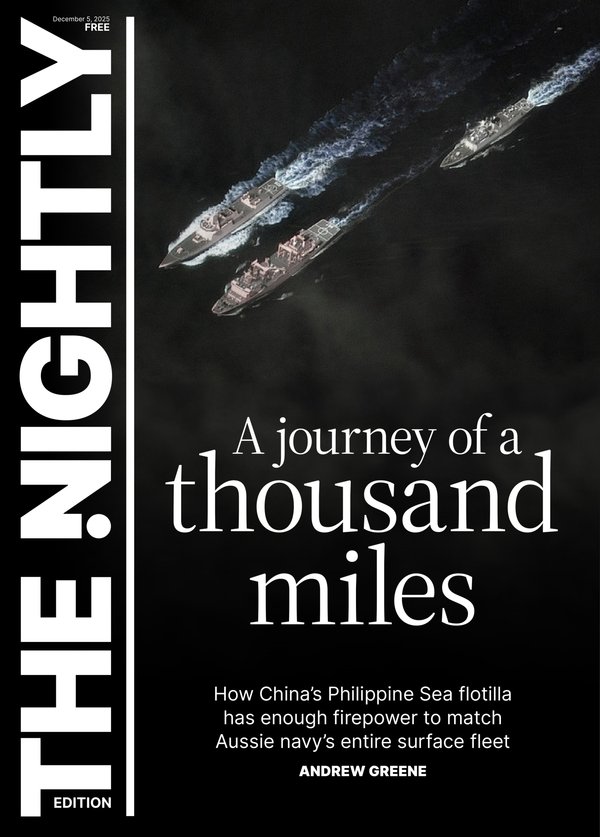Resources Technology Showcase live updates: All the latest news from today’s all-star industry forum at PCEC
Today’s headline industry forum of the Resources Technology Showcase 2025 at the Perth Convention and Exhibition Centre will unite leaders across resources, energy, government and innovation.
The goal? Simple.
To further cement WA’s reputation as the world’s premiere resources jurisdiction; a place where the best minds in the business come together to harness the most advanced machines and technology to ensure the State continues to supply the minerals, metals and gas the world will need in the future.
If you haven’t got yourself a ticket, don’t panic. We’re here throughout the day to bring you all the news you need to know.
Across two sessions — at breakfast and lunch — the forum will hear directly from industry leaders and key decision-makers on the future of energy, critical minerals, sustainability, workforce transformation, emerging technology, geo-politics and more.
Each session includes in-conversation interviews with influential leaders and panel discussions tackling current challenges and emerging opportunities.
Stick with us — you won’t miss a moment of the action.
And if you want to see firsthand what the future looks like, you’ve still got time to visit the free exhibition right here at PCEC.
Experience the thrill of discovery at the action-packed, hands-on celebration of resources, science, and technology.
Key events
19 Aug 2025 - 03:35 PM
And that’s a wrap!
19 Aug 2025 - 03:24 PM
Iron ore for fifth-straight session
19 Aug 2025 - 03:21 PM
‘No good reason’ Australia shouldn’t embrace processing: King
19 Aug 2025 - 02:15 PM
Hockey on Trump, golf and those cheating rumours ...
19 Aug 2025 - 02:02 PM
And now we have Joe Hockey ...
19 Aug 2025 - 01:56 PM
On the contentious rare earths reserve ...
19 Aug 2025 - 01:40 PM
Madeleine King takes stage
19 Aug 2025 - 01:34 PM
Up on stage ... then off
19 Aug 2025 - 01:21 PM
Industrial hub backs Cook’s commission
19 Aug 2025 - 12:59 PM
And we're back!
19 Aug 2025 - 12:16 PM
Fat Cat in the flesh ... but not really
19 Aug 2025 - 12:12 PM
Productivity all the rage!
19 Aug 2025 - 11:13 AM
Business welcomes Cook’s pitch for Productivity Commission
19 Aug 2025 - 11:08 AM
Look who’s here!
19 Aug 2025 - 10:46 AM
What does Twiggy know that BHP doesn’t?
19 Aug 2025 - 10:44 AM
And that’s a wrap, for now
19 Aug 2025 - 09:39 AM
And is Rio’s Simandou in Guinea really the ‘Pilbara killer’?
19 Aug 2025 - 09:32 AM
Iron ore outlook still strong ... with a big call!
19 Aug 2025 - 09:25 AM
And the iron ore price ...
19 Aug 2025 - 09:18 AM
We’re now hearing from Tim Day. Starting with unions ...
19 Aug 2025 - 08:31 AM
Cook unveils plans for first State Productivity Commission
19 Aug 2025 - 08:20 AM
Green iron dreaming
19 Aug 2025 - 08:15 AM
And Roger Cook is taking the stage
19 Aug 2025 - 07:39 AM
Stokes says Pilbara would not get off ground under today’s regime
19 Aug 2025 - 07:32 AM
And we’re about to start!
19 Aug 2025 - 07:27 AM
All hands on deck for the future at RTS exhibition
Fat Cat in the flesh ... but not really
There’s something for everyone down here at the PCEC and the extraordinary Resources Technology Showcase exhibition.
Including Fat Cat!
Here’s everyone’s favourite feline with Jamie Bennett, head of technology at BHP WA Iron Ore being hologrammed into the BHP Dream Team activation at the the convention centre.
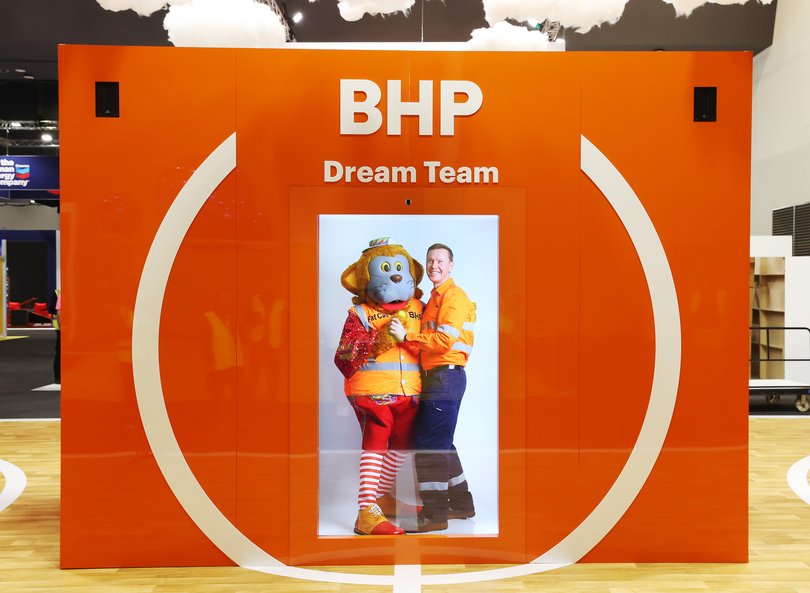
Productivity all the rage!
There’s been plenty of talk about productivity here at RTS this morning.
Premier Roger Cook even revealed WA will get its own commission to “provide advice and recommendations to government on how Western Australia can remain the best economy in the country”.
The announcement came the same day that Federal Treasurer Jim Chalmers and his assembled band of more than two dozen experts sat down in Canberra to find fixes for myriad issues holding back Australia’s languishing productivity levels.
So, what exactly is it and what will it achieve. Glad you asked. Here’s what you need to know ...
WHAT IS THE ECONOMIC REFORM ROUNDTABLE?
- A three-day event aimed at lifting living standards primarily by boosting productivity, which has stagnated in Australia and other western countries
- Prime Minister Anthony Albanese has promised it will deliver long-lasting change to the government’s economic agenda
WHY IS IT IMPORTANT?
- Productivity has been in decline since 2016, according to the Australian Bureau of Statistics
- Treasurer Jim Chalmers has said the roundtable will make the economy more productive over time, helping to lift living standards and make people better off
- The summit follows the Reserve Bank of Australia downgrading productivity growth from one per cent to 0.7 per cent
IDEAS ON THE AGENDA
- Documents leaked before the summit suggest the government will consider cutting red tape to boost housing supply
- The Productivity Commission is calling for reduced regulation for artificial intelligence, while unions are calling for greater protections of workers from the risks of AI
- Proposals for tax reform, including calls from Independent MP Kate Chaney to increase Goods and Service Tax to 15 per cent
- A push from the Australian Council of Trade Unions for a four-day working week.
WHAT ARE SOME CONCERNS?
- Leaked Treasury advice raised concerns that the outcomes of the roundtable have already been pre-determined
- The government has already ruled out large changes to tax like negative gearing. Shadow treasurer Ted O’Brien warned the summit would be a “privileged talkfest” without the chance of meaningful outcome
Business welcomes Cook’s pitch for Productivity Commission
The WA Chamber of Commerce and Industry has given Premier Roger Cook’s plan to establish the State’s first Productivity Commission the thumbs up.
As we reported early this morning, the commission will be born from the amalgamation of the Economic Regulation Authority and Infrastructure WA - giving policymakers the research and economic rationale to make key decisions.
CCIWA acting co-CEO and chief economist Aaron Morey said the new body should be focused on improving the conditions for investing in the WA economy.
“We’re on the brink of a new era for our economy in WA with huge opportunities to diversify into areas like critical minerals, data centres, defence and advanced manufacturing,” he said.
“We’re competing for that investment with the rest of the world. If we want to capture those opportunities, it’s crucial that the settings are right to make sure we lure global investment to this state.
“That means making sure our approvals system isn’t a barrier to investment and growth, and our economy is as productive as it can be.”
Look who’s here!
Some social snaps from this morning’s breakfast ...
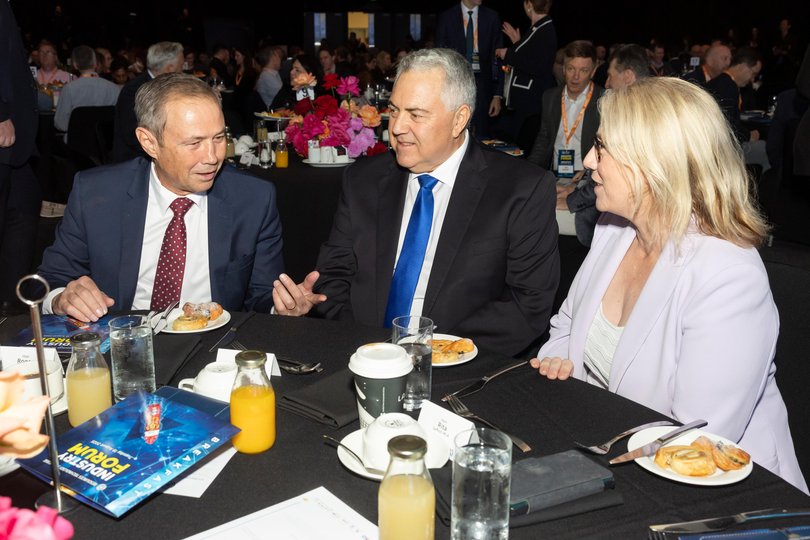
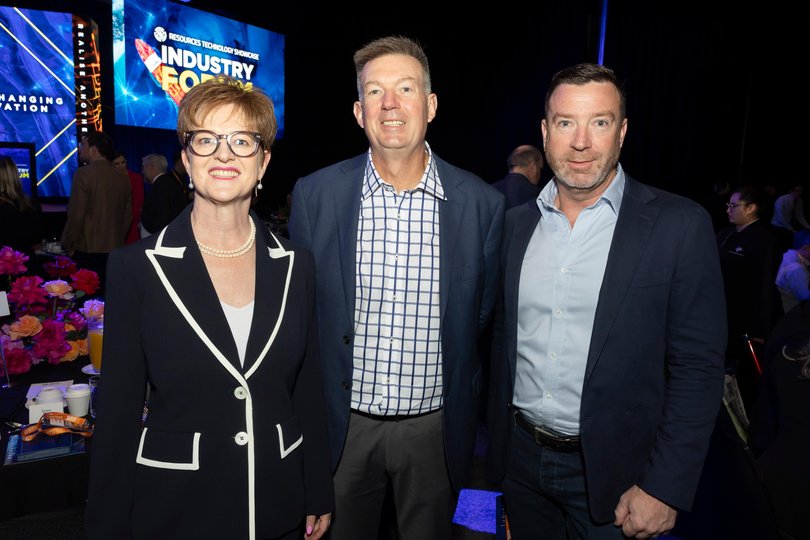
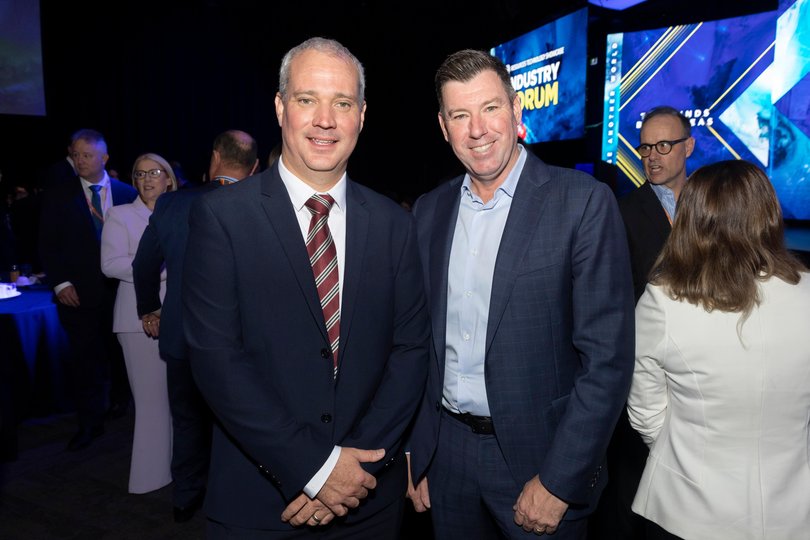
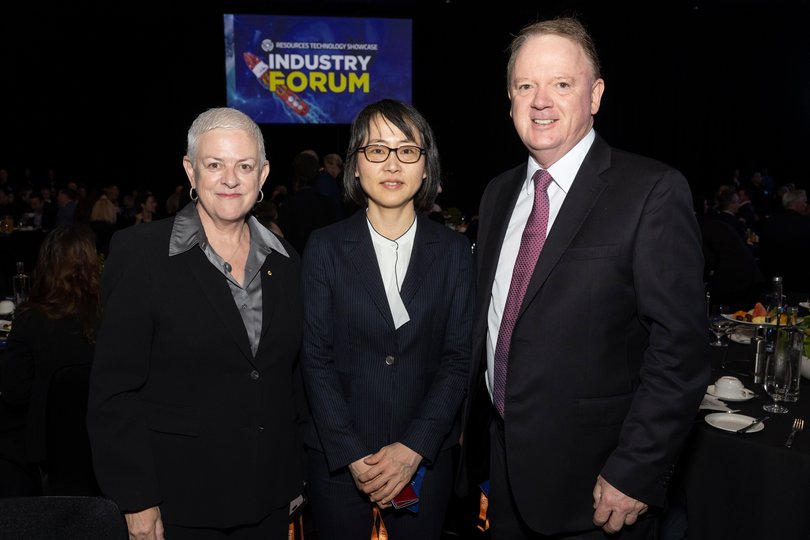
What does Twiggy know that BHP doesn’t?
The Big Australian’s iron ore boss has vouched that the technology behind much-vaunted green steel can work, but is highly sceptical that the economics will stack up anytime soon against old school methods.
BHP asset president for WA Iron Ore Tim Day played it coy when pried about what green iron champion and industry competitor Andrew Forrest knows about the nascent sector that others in the industry don’t, simply saying: “I dunno.”
The BHP heavyweight told the Resources Technology Showcase industry forum on Tuesday that getting the costs of smelting iron ore using lower emissions fuels to compete with traditional blast furnaces is at least 10 years away.
Read the full report below ...
And that’s a wrap, for now
We’re taking a quick break ahead of the afternoon seesion of the Resources Technology Showcase industry forum.
Delegates will return this afternoon to hear from outgoing Chamber of Minerals and Energy CEO Rebecca Tomkinson, Federal Minister for Resources Madeleine King and former politician and US ambassador Joe Hockey.
There will also be enlightening panel discussions with representative from Sandifee Resources, Caterpillar, Hancock Iron, Chevron, Alcoa and Woodside.
But we’ll keep bringing you all the day’s news so stay with us.
And is Rio’s Simandou in Guinea really the ‘Pilbara killer’?
Mr Holcz says Rio is still very commited to the Pilbara.
“The recent tranche of projects that we’ve announced ... we’ve got $13 billion to spend in the next three years developing further mines as well,” he said.
“So very committed to the Pilbara. And certainly, again, if I look at Guinea and Simandou, that’s always been part of our forecast, and certainly making those decisions take all of that into account.
“But I do think it’s important for Western Australia, and for Australia, is for this region still to be a really competitive environment to invest in, because we are a global business.”
Iron ore outlook still strong ... with a big call!
Mr Holcz says the miner still sees a strong outlook for the steel-making commodity.
“If you look at China and global demand, we expect as much iron ore to be consumed in the next 20 years as we have in the last 30 years,” he said.
“And I do agree with Tim’s point as well. In terms of supply, we need to replace effectively, a mine each year.”
And China remains the biggest customer, even though demand has slowed.
“We do see more development in the global south as well, which will generate additional demand over time.” Mr Holcz said.
“But definitely, China is a huge driver of global demand.”
Rio in the hot seat!
The West State politics editor Jessica Page and Rio’s Pilbara mines boss Matthew Holcz are on stage.
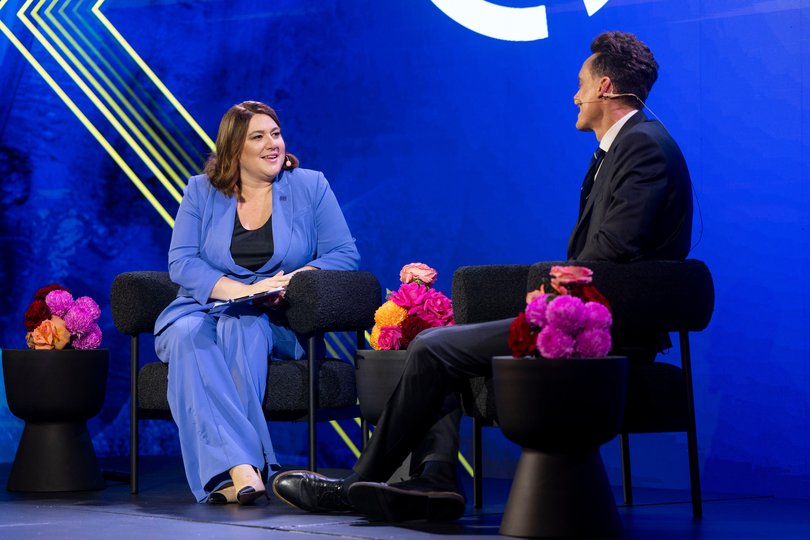
And the iron ore price ...
“If you were a betting man, would the price be higher or lower in six months’ time”.
That was the question put to Mr Day.
“You’ve got a contestable market in China, and then across the globe of 1.5 billion tonnes - think about that,” he said.
“And you’ve got big mining houses putting out two, three plus million tonnes a year.
“Now, the supply lines will go up and down, and there’s a whole heap of dependencies on quality and all sorts of things inside.
“But the demand side has plateaued, you’ve got to remember that.
“You’ve got that many tonnes coming out of the ground, you have to be starting new operations all the time. So that’s the part that people got to keep into account.
“So if the price comes down, you’ll see that these things slow down, which will lead to lower price there. So that’s just how it’s going to play out.
“I think your price will slowly come down.”
Originally published on The West Australian
